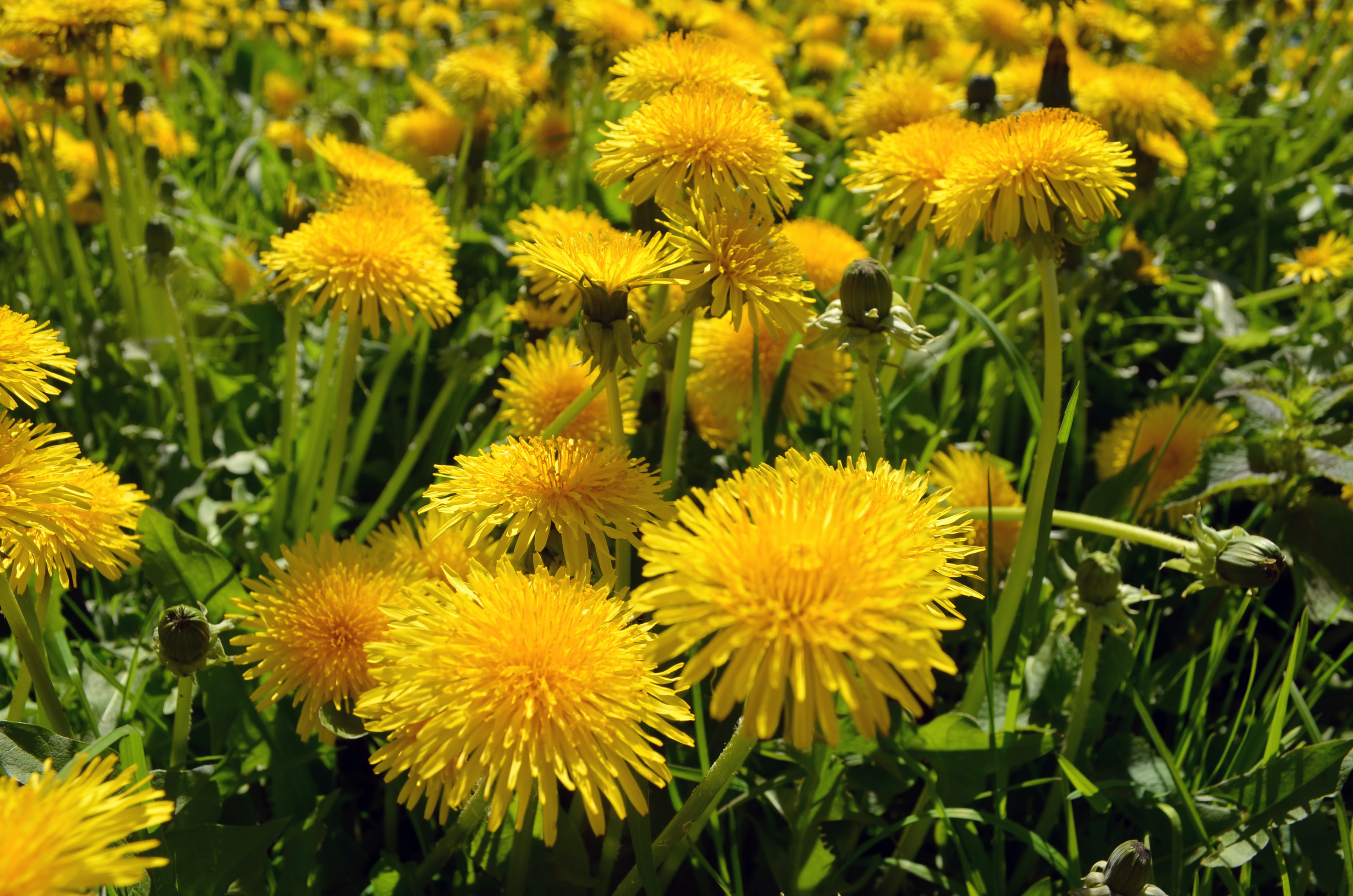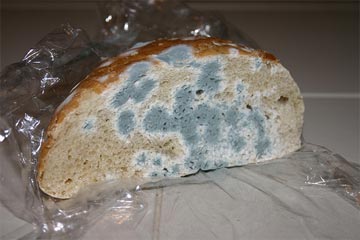Presence/Absence vs. Abundance
When you count the actual number of organisms, like we just did for dandelions, it's called measuring "abundance." That made sense because it's easy to recognise a single dandelion, and they don't move around too much. But some organisms are harder to count, and for them there is another way: recording "presence or absence" of the organism in the grid square you're looking at.  So,
So,
Abundance is the actual number of individuals in a given area, so in our case, the number of dandelions in each 1m2 sample segment. Our backyard dandelion study relied on abundance data. Abundance can be fairly time-consuming to determine.
Presence/absence is relatively easy data to collect. You simply determine many small areas (or points) to be sampled and record whether the organism was observed or not. To do this with the dandelions, we would have had to look only at the very center point of each sampling frame, and recorded whether there was a dandelion present or not. A simple yes/no will do just fine.

Why did we decide to use abundance over presence/absence? Generally, presence/absence is best (and often the only option) when:
- the organism is too hard to count (for example, insects which move too fast), or
- it is too hard to distinguish a single individual (for example, mold on bread, as in the picture to the right), or
- you are more interested in the area covered than the actual number (for example, the amount of forest, rather than the number of trees).
OK, now here are a few examples to consider.
Turn on javascript to make this table interactive.
Would you choose presence/absence (P/A) or abundance (Abund) for the following organisms? |
|
| Grass growing up through the sidewalk - grass "individuals" are hard to determine and knowing how much of the sidewalk is affected is probably the more interesting question | |
| Cattle grazing on a pasture - you can definitely pick out the individuals and I’ve never seen a cow move too fast to count! | |
| Seagulls along a 5 mile coastline - this one could go either way, but birds often do move too fast to count accurately | |
| Cancerous moles on a sunbather - a dermatologist will want to know actual numbers, and they're not going anywhere | |
| Mold colonizing bread - a mold "individual" is pretty hard to determine | |
| Elm trees in a neighborhood - easy to count given the relatively small area |
| Answers: | P/A, Abundance, P/A, Abundance, P/A, Abundance |
Copyright University of Maryland, 2007
You may link to this site for educational purposes.
Please do not copy without permission
requests/questions/feedback email: mathbench@umd.edu